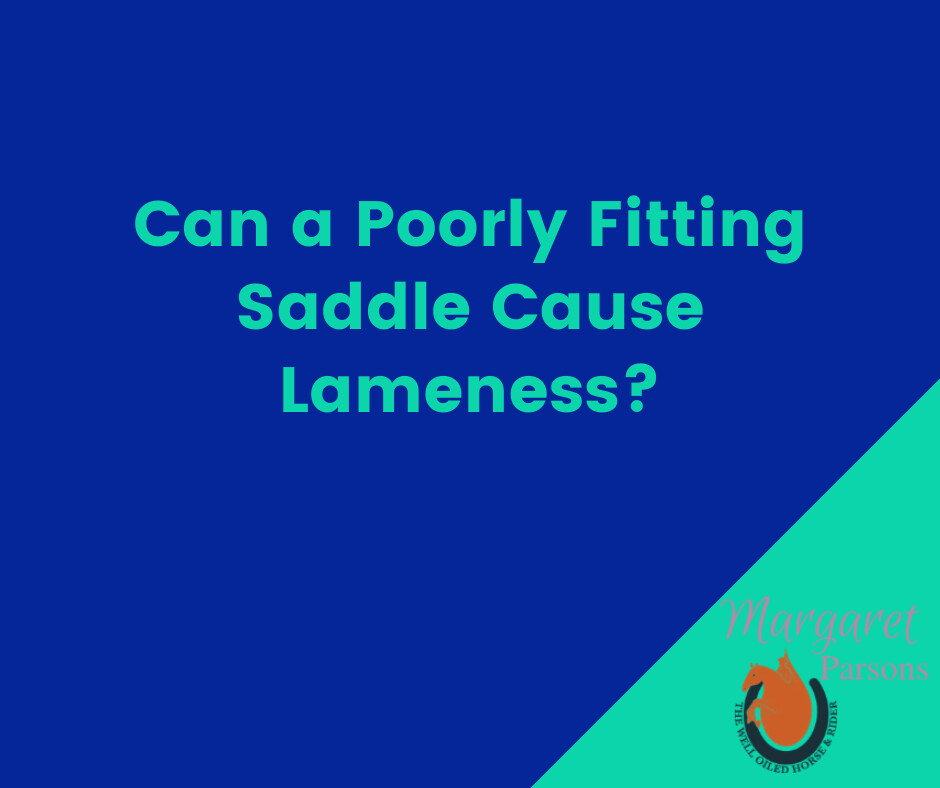
The longer answer is that it may take a while for the lameness to arise, but the damage is being done every time the horse is worked with the saddle- and it's worse when the rider is in the saddle.
What happens when a saddle doesn't fit?
The symptoms of a poorly fitting saddle can vary depending on the manner in which the saddle fits poorly.
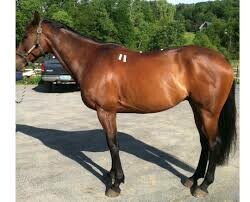
Another common symptom of an ill-fitting saddle is a poor topline. A saddle that is too narrow will restrict the blood flow to the muscles under the saddle and that will affect the entire top line. There will be over-developed shoulder and butt (semimembranosus/ semitendinosus) muscles and the muscles just behind the withers (thoracic trapezius) and the loin/croup will be atrophied.
Aside from the way the horse looks and the saddle moves, how will this affect the rider?
Having an ill-fitting saddle will cause your horse to be unable to use their body correctly. This will lead to pain- it could be relatively instantaneous pain or developed over time depending on the saddle fit issues.
The horse with an ill-fitting saddle will struggle to pick up leads, will not be able to lift his back, be incapable of lifting the front legs to jump without knocking poles, and in general- struggle with back soreness and lameness,
If the saddle fit problem is coupled with saddle placement issues, the rider will struggle to find balance and bounce harshly on the horses back.
All and all, if the saddle doesn't fit right and isn't in the right place, you will struggle to have good rides with a pain-free horse that is capable of doing even the simplest movements that you ask of them.
Are you concerned your saddle is the problem, but not sure how to find a properly fitting saddle? I have a FREE mini-course in my Facebook Group- Happy Horse, Happy Life- Check it out 🙂
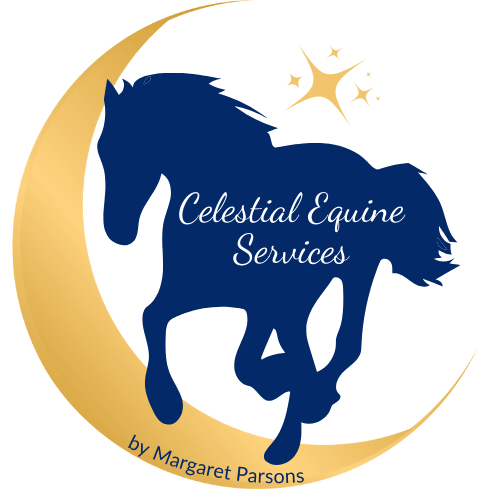

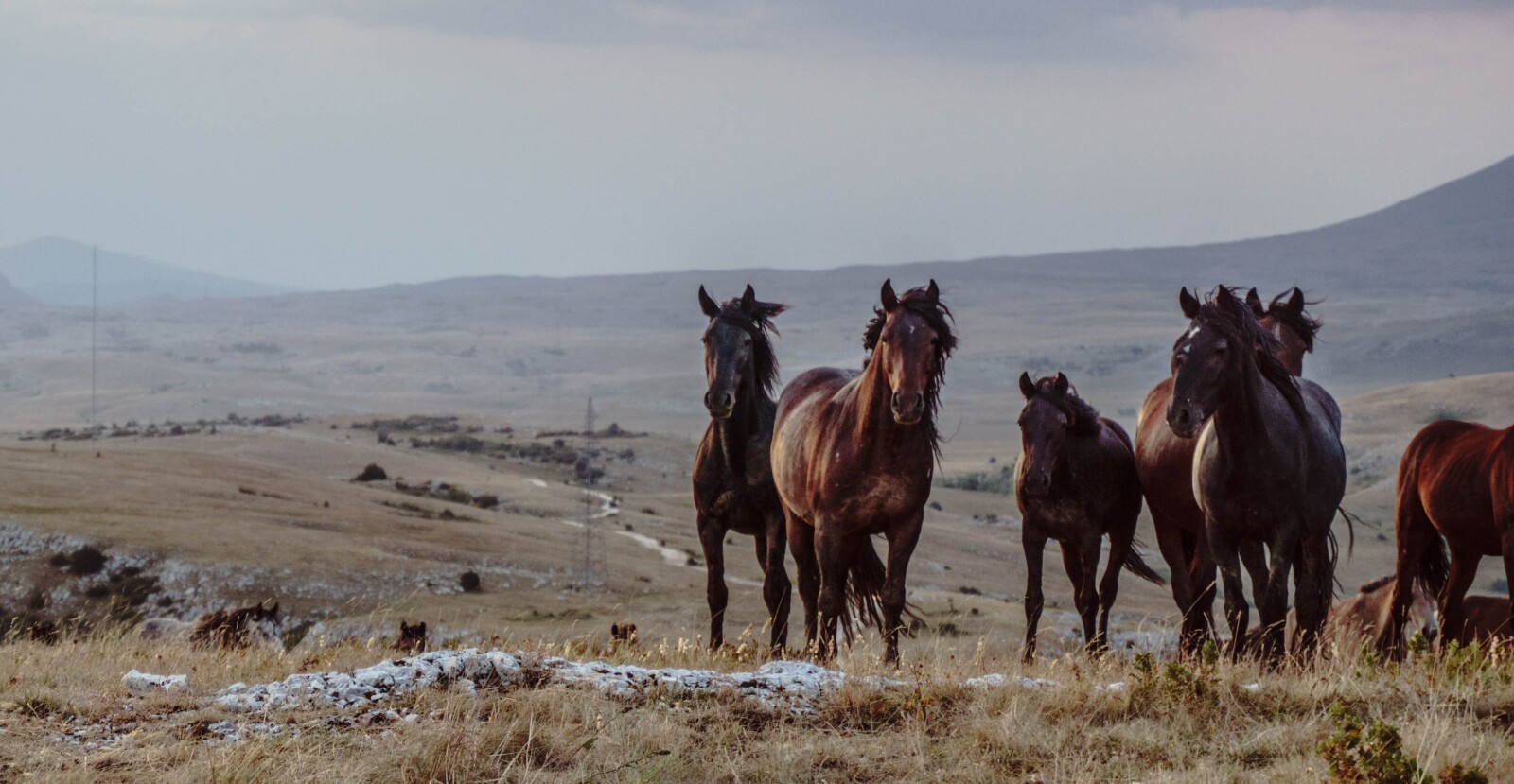
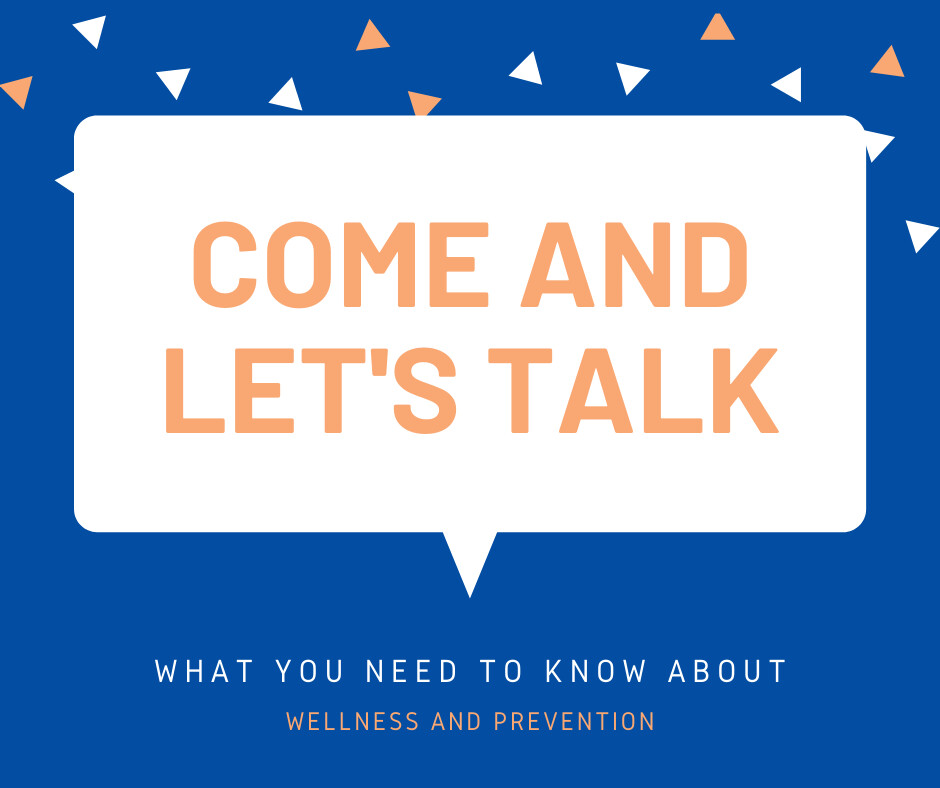
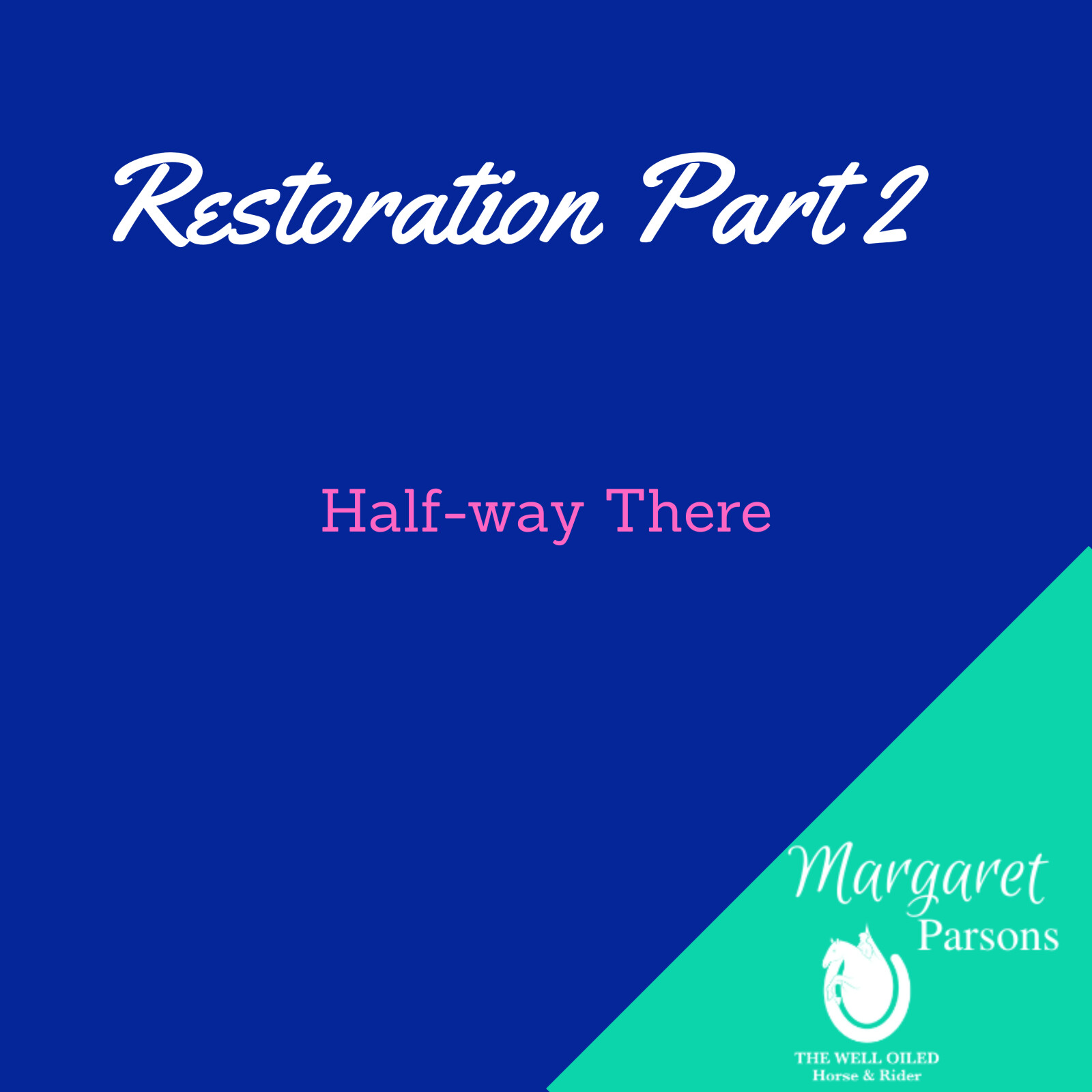
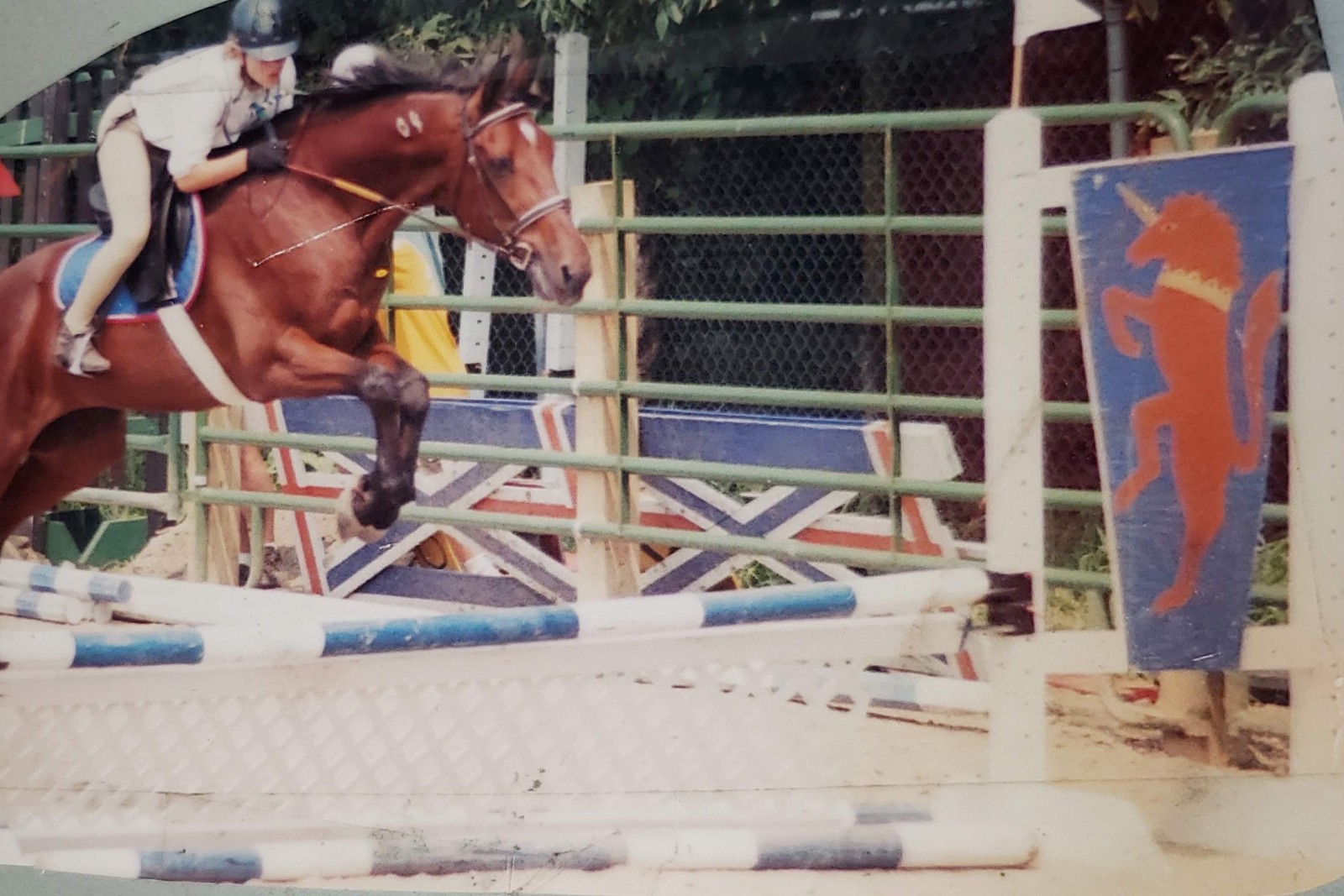
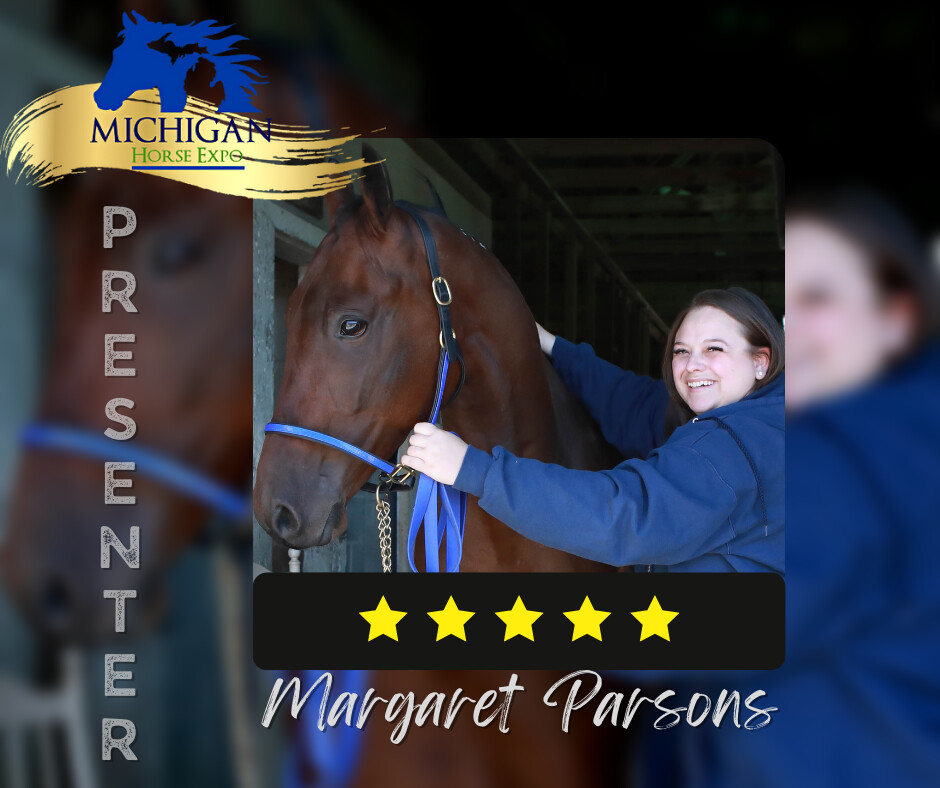
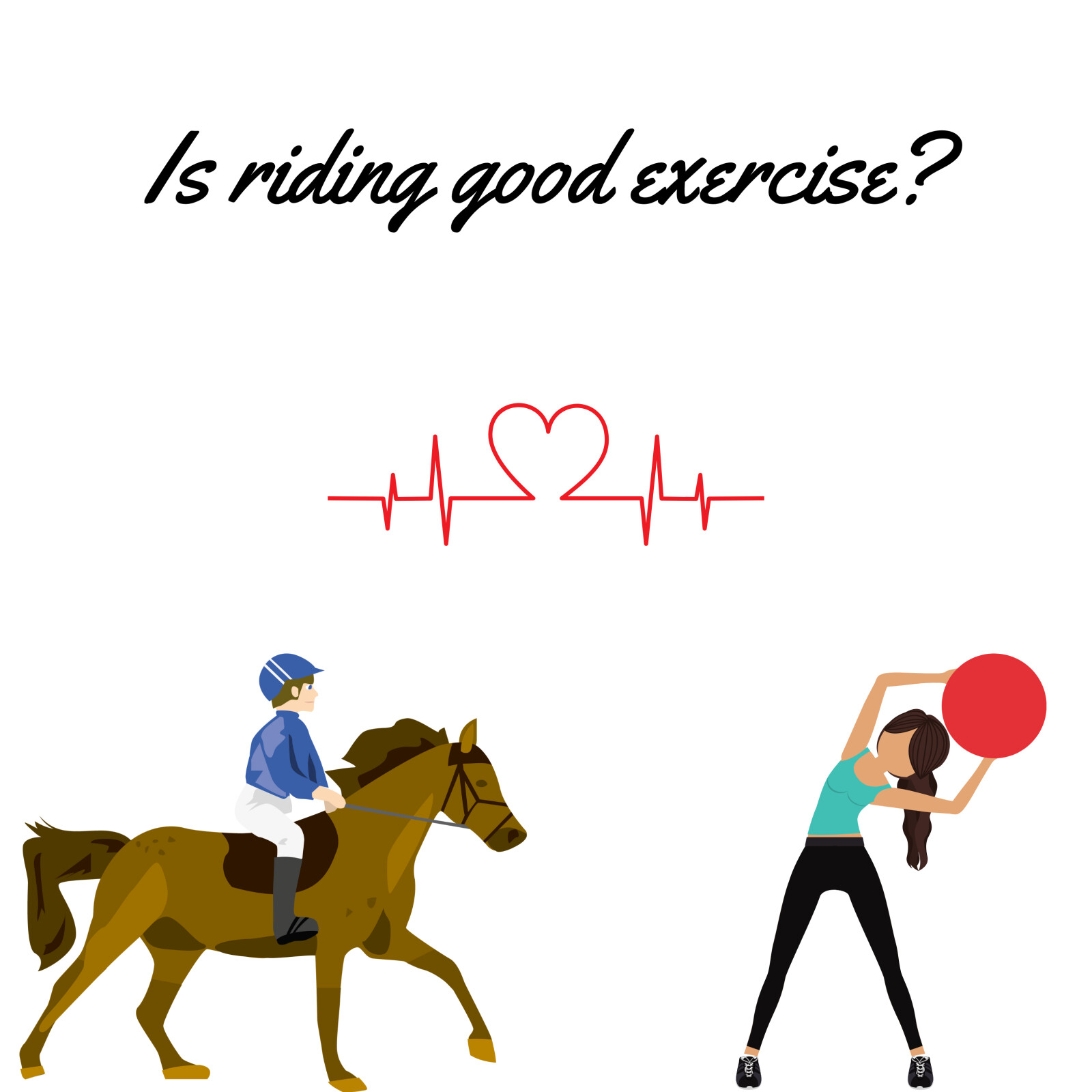
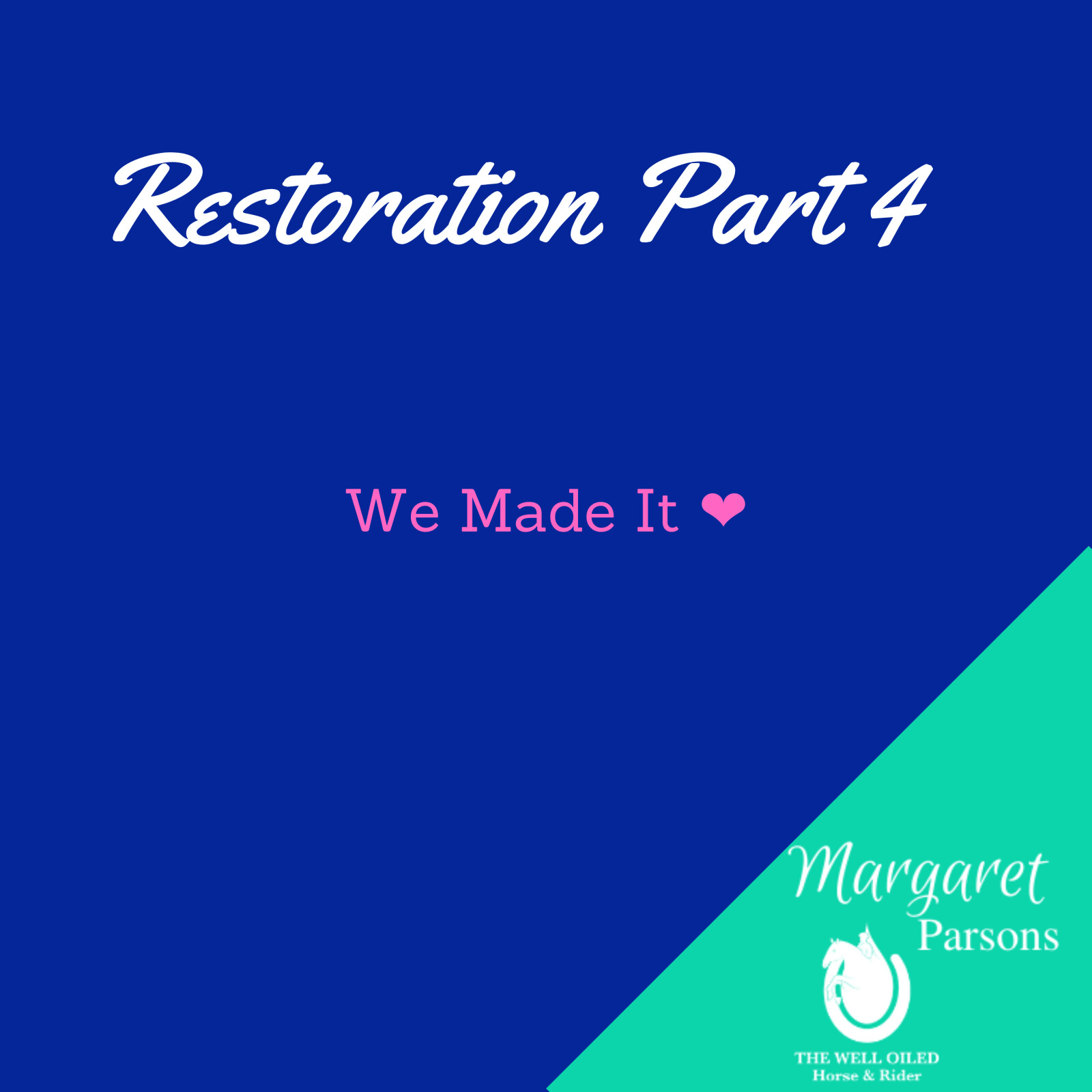

0 Comments